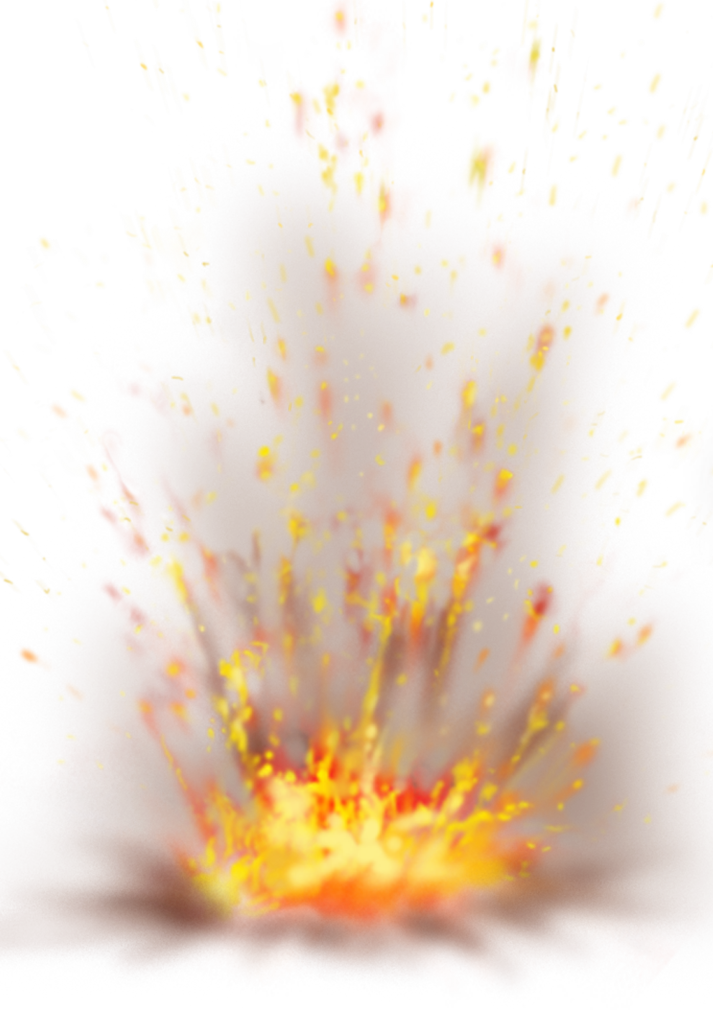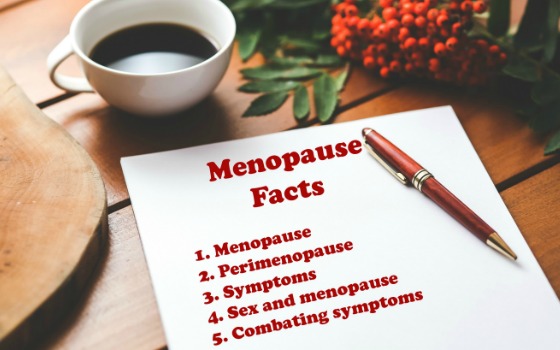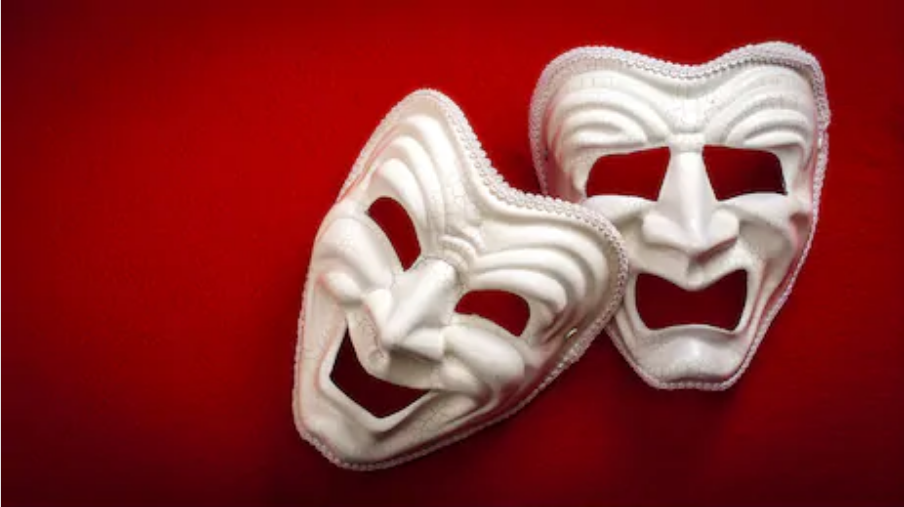Let me ask you a question: What do you know about menopause? If you’re not as knowledgeable as you would like to be, now is a great time to learn more about this persnickety time that befalls a woman and can wreak havoc on her life.
There are many misconceptions about menopause floating around. While I’m not a menopause practitioner, expert or doctor (and I don’t play one on TV, either), I am a mood swinging, perpetually tired, hot-flash-having midlife postmenopausal woman. Yes, I’ve been around the menopause block a time or two.
 Menopause isn’t a disease (although at times it can sure feel that way). It is, however, an indiscriminate entity that doesn’t care who it latches onto, where that person lives or what that person does for a living. The caveat? That someone is a woman. Menopause affects women in Jakarta, Indonesia, in Poughkeepsie, New York, in Gomel, Belarus and everywhere else in between. It haunts grocery store cashiers, engineers, CEOs, school teachers and every other profession. Menopause is an equal opportunity offender.
Menopause isn’t a disease (although at times it can sure feel that way). It is, however, an indiscriminate entity that doesn’t care who it latches onto, where that person lives or what that person does for a living. The caveat? That someone is a woman. Menopause affects women in Jakarta, Indonesia, in Poughkeepsie, New York, in Gomel, Belarus and everywhere else in between. It haunts grocery store cashiers, engineers, CEOs, school teachers and every other profession. Menopause is an equal opportunity offender.
Like many women, I use the word “menopause” as a catch-all to sum up where I’m at in my life’s journey right now. As such, I, along with thousands of others, am guilty of misusing the word ‘menopause.’
 So What Exactly is Menopause?
So What Exactly is Menopause?
You’re already familiar with menopause. And it’s a safe bet to say that you likely have intimate knowledge of at least one of menopause’s more pervasive symptoms, such as hot flashes, mood swings, anxiety or loss of libido. However, did you know that menopause is actually a single point in time? I’ll explain . . .
Menopause is marked by the cessation of a woman’s menstrual cycle. This means that the ovaries get smaller, they no longer release eggs, they stop producing estrogen and progesterone, and fertility declines. A woman is considered to have reached menopause after she has missed 12 periods for 12 consecutive months.
That’s the point in time that is referred to as menopause. That’s right . . . it all comes down to that single moment when we’ve been period-free for 12 months running, we can toss out the tampons and maxi pads, and we can no longer become pregnant naturally.
Having said that, the phrases, “going through menopause,” “in menopause,” “dealing with menopause,” etc. are misnomers. When we talk about menopause, we’re not pinpointing a single, specific moment in time but, rather, we’re speaking in the inclusive sense that is comprised of everything that we are or have been experiencing. In reality, we’re not “in menopause,” we’re actually in postmenopause.
Did I just blow your mind?
What is Postmenopause?
Simply put, postmenopause refers to the years after menopause. Confused? Yeah, I was too. To reiterate, menopause is marked by twelve months (or one year) being period-free. Postmenopause is the time that begins after you’ve hit that one year period-free mark.
For example, let’s say your birthday is September 15 and you turn 51 years old. That date marks the day you were born. You’re now one year older. On September 16, you can still celebrate your birthday but it’s no longer the day of your birth. For the next 364 days, you’ll still be 51, but it’s no longer your birthday. In this example, your birthday represents menopause, and the rest of that year symbolizes postmenopause.
The symptoms with which you’re contending – fatigue, vaginal dryness, incontinence, hot flashes, and more – may have started in perimenopause (the transition period leading up to menopause), but they will continue into postmenopause.
While you’ll hereafter be considered postmenopausal, the good news is that you won’t always have to endure the menopausal symptoms. While there’s no hard and fast timeline for when your symptoms will end, you can likely expect to have symptoms for four to five years. Each woman’s postmenopause journey will be different, and that includes the intensity and frequency of their symptoms as well as how long the symptoms will persist.
However, researchers (in relation to the Penn Ovarian Aging Study cohort) have found that race is a “significant predictor of hot flush [flash] duration,” and African American women experience hot flashes for a longer duration than do their white counterparts.
How You Can Survive Postmenopause
For some women, getting through postmenopause is difficult and rife with symptoms that interrupt their daily lives. Here are a few things you can try to help keep your symptoms under control:
- Reduce your caffeine and alcohol intake. This can help with keeping hot flashes to a minimum. You may also get a better night’s sleep and combat insomnia, which is another symptom of menopause.
- Get your zzzz’s. All that tossing and turning could leave you fatigued, irritable and ‘out of focus.’ Stick to a routine by going to bed at the same time every night, keep your room temperature cool to combat night sweats and hot flashes, and choose cotton over synthetic sheets.
- Ditch the cigarettes. Not only is smoking unhealthy, it could also contribute to weakened bones and trigger hot flashes.
- Get rid of sweeteners and minimize your sugar intake.
- Exercise/increase your physical activity. You might not like it, but your body will thank you for it later. Exercise can help to keep your hormones balanced as well as helping to keep weight gain at bay.
- For heart health, limit saturated fats and your salt intake, and eat at least one portion of an oily fish (such as fresh tuna or salmon) a week.
-

Dress in layers.
Dress in layers. When you have hot flashes, you’ll appreciate being able to peel clothes off one at a time to alleviate the heat.
- Reduce stress. When you’re stressed, your body produces excess cortisol which could cause your body to store fat around the middle – the dreaded menopot. Meditation, journal writing, yoga, deep breathing, stretching and prayer can have significant benefits.
- Take your vitamins.
- Don’t just rely on your gynecologist to keep you informed on your journey. If possible, find a healthcare provider who specializes in menopause.
Postmenopause can come with feelings of loss: the loss of hope, the loss of our sexual vitality and the loss of power. However, when you’re educated, you can better face the postmenopause challenges that come your way.
All opinions expressed in this post are my own. For more information about menopause, visit www.FindURCool.com and www.healthywomen.org.
This is a sponsored post by TherapeuticsMD, Inc.





Wow! I love the way you broke down all the phases, and explained each one. This information will help plenty of women. Thank you so much for this piece. Let’s keep the conversation going, it’s so needed
Xoxo
Thank you so much, Elaine! We’ve all gotten so used to saying “menopause” as the cover-all, but it really is that one point in time. Now, I look forward to the day when my postmenopausal symptoms are a thing of the past! Thanks for kicking off the conversation!
Amazing write up! You provided so useful information. Thanks for the survival tips!
Thanks Stephanie! Midlife women need to know that not only can we survive, but we can also THRIVE! Thanks for joining the conversation.